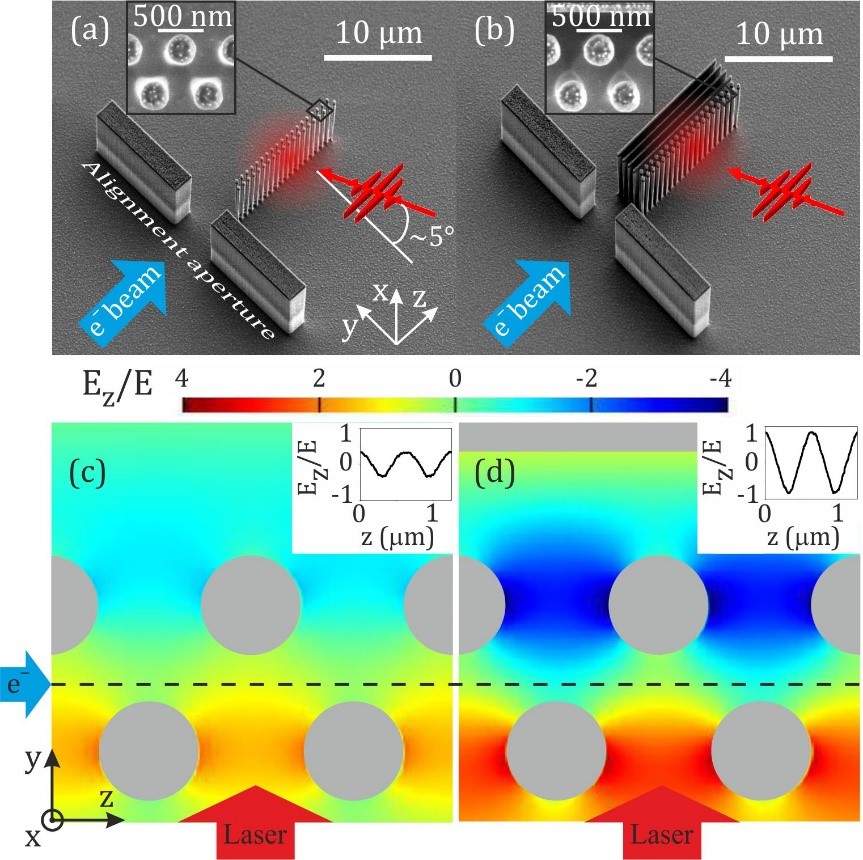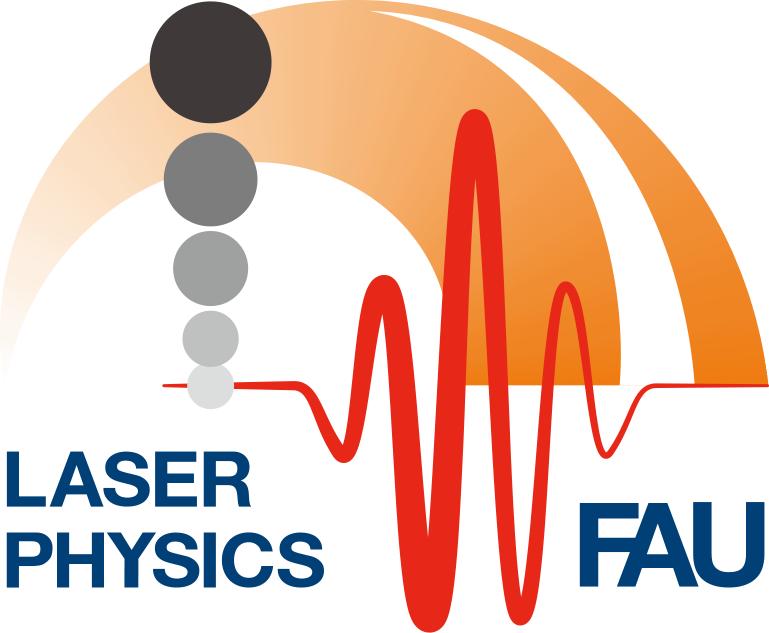Manuscript on new structures for dielectric laser acceleration published in Optics Letters

In our recent publication in Optics Letters, we show how a dielectric laser accelerator (DLA) can be more efficient. Our silicon dual-pillar structures equipped with a distributed Bragg reflector (DBR) can accelerate electrons 57% more than their counterparts without a DBR. This improvement in acceleration efficiency is achieved by placing an on-chip DBR on one side of the structure. The DBR reflects about 99% of the incident light. The reflected light from the DBR interferes constructively with the incident laser light, yielding a stronger electric field in between the pillars where electrons are injected. This mimics a double-sided laser illumination without having the complexity of adding a second laser beam path. In this letter we demonstrate a maximum acceleration gradient of 133 MeV/m using such structures.
Our structures can be used to explore other components of a miniaturized dielectric-based particle accelerator for electron beam focusing and micro-bunching purposes. DLAs could ultimately lead to a compact laser-driven particle accelerator for variety of applications from low energy radiation therapy devices to high energy particle colliders.
This research is part of the ACHIP collaboration led by Erlangen and Stanford.
